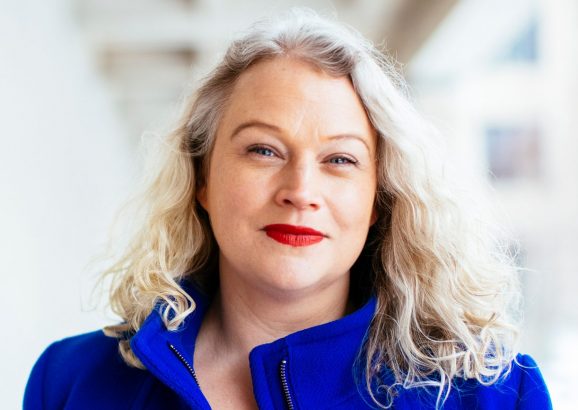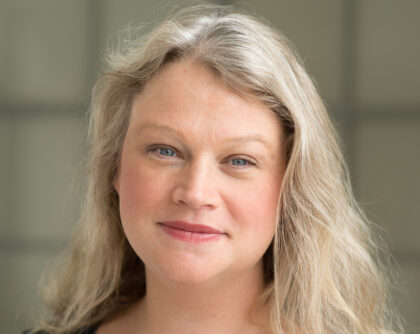Lindley Winslow
Associate Department Head
Research Interests
Lindley Winslow is an experimental nuclear and particle physicists. Her work focusses on how the physics of fundamental particles shaped our universe and the development of specialized experiments, including novel detector technology and algorithms, to address these questions. This work currently focuses on searches for neutrinoless double-beta decay and axion dark matter.
Neutrinoless double-beta decay is a proposed process where a nucleus decays simultaneously emitting two electrons and no neutrinos. In order for this to happen, the neutrino must be its own antiparticle, a Majorana particle, which implies that the neutrino gets its mass in a different way than the other fundamental particles. It also tells us that lepton number is not conserved which then provides a mechanism for neutrinos to create more matter than antimatter, one of the big mysteries of the early universe. The Winslow group is part of two international collaborations: the bolometer-based CUORE experiment and the liquid-scintillator-based KamLAND-Zen experiment. This work also includes crystal and readout development for the CUORE upgrade, CUPID, and a prototype of a directional liquid scintillator experiment, NuDot.
The axion was proposed as part of the solution to why the strong interaction does not violate CP symmetry, a mirror like symmetry that some processes conserve. This very light particle is also an excellent candidate for dark matter. It should have a very small coupling to electromagnetism. The ABRACADABRA (ABRA) experiment searches for a small magnetic field to appear in the center of a toroidal magnet due to the axion. The group demonstrated this technique with the ABRA-10cm experiment and is now working towards a larger and more sensitive experiment.
More info:
Biographical Sketch
Winslow received her BA in physics and astronomy in 2001 and her PhD in physics in 2008, both from the University of California at Berkeley. After a postdoctoral fellowship at MIT, she was appointed as an assistant professor at the University of California at Los Angeles. Winslow was appointed as an assistant professor at MIT in 2015. She has won several awards including the L’Oreal for Women in Science Fellowship in 2010 and the 2016 Breakthrough Prize as part of the KamLAND collaboration. In 2021, she was named an American Physical Society Fellow “for leadership in the search for axion-like particles that may be dark matter candidates, and for the establishment of the groundbreaking ABRACADABRA detector for this search, and also for valuable detector development for the field of neutrinoless double beta decay.” In 2022, she was named Associate Head of the Department.

Measuring the invisible
Particle physicist Lindley Winslow seeks the universe’s smallest particles for answers to its biggest questions.
Awards & Honors
- 2021 // American Physical Society Fellow "for leadership in the search for axion-like particles that may be dark matter candidates, and for the establishment of the groundbreaking ABRACADABRA detector for this search, and also for valuable detector development for the field of neutrinoless double beta decay.”
- 2016-18 // Appointed Jerrold R. Zacharias Career Development Professorship
- 2016 // Breakthrough Prize in Fundamental Physics (as part of the KamLAND collaboration)
- 2014 // UCLA Hellman Fellow
- 2012 // MIT School of Science Infinite Kilometer Award
- 2011 // Michelson Postdoctoral Prize Lectureship
- 2010 // L’Oreal for Women in Science Fellowship
Key Publications
-
J. L. Ouellet et al., “Design and implementation of the ABRACADABRA-10 cm axion dark matter search,” Phys. Rev. D 99, no. 5, 052012 (2019)
-
J. L. Ouellet et al., “First Results from ABRACADABRA-10 cm: A Search for Sub-𝜇eV Axion Dark Matter,” Phys. Rev. Lett. 122, no. 12, 121802 (2019)
-
J. Gruszko, et al., “Detecting Cherenkov light from 1–2 MeV electrons in linear alkylbenzene,” JINST 14, no. 02, P02005 (2019)
